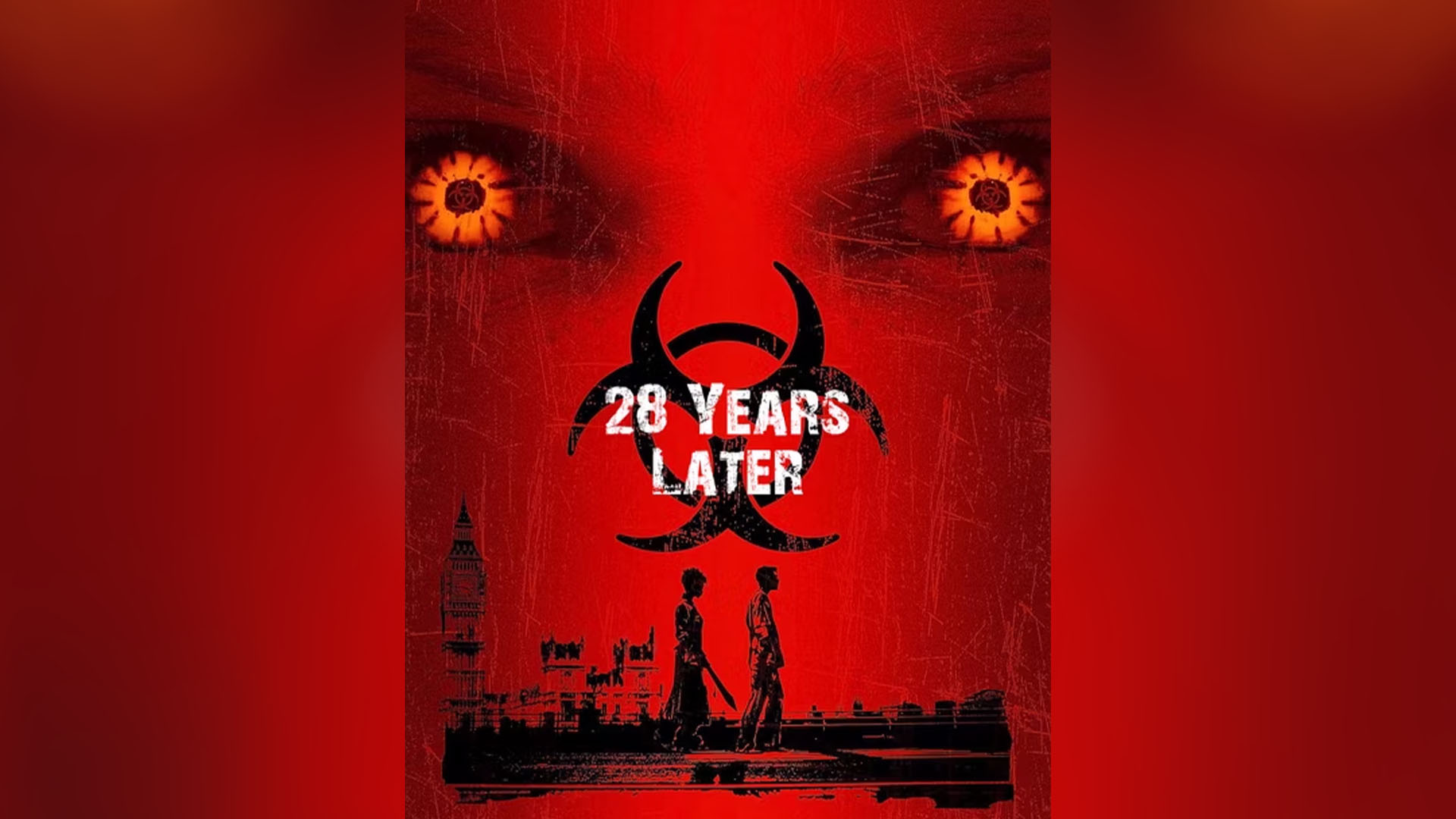
28 Years Later is without a doubt my most highly anticipated horror movie sequel in recent times. I'm a sucker for Danny Boyle's grungy cinematography, which is why I was surprised to learn that the latest instalment was filmed using the iPhone 15 Pro Max (which happens to be one of our top picks for the best iPhone for photography).
It's not the first film to boast the 'Shot on iPhone' badge (check out Tangerine for a prime example) but with a handsome $75 million budget naturally, a few eyebrows were raised. From the looks of behind-the-scenes sneak peeks, it's safe to say that the filming setup looks a little more intricate than just a humble iPhone.
iphone 15 max with “some attachments” https://t.co/QUBLWEwp1K pic.twitter.com/YKpCWpdRBUSeptember 20, 2024
In an article by Wired, it was revealed that 28 Years Later was filmed using adapted versions of the iPhone 15. I'm using the term 'adapted' lightly here, as leaked paparazzi set photos show the extent of the modifications – I promise there's an iPhone lurking somewhere under all that camera kit.
While yes, the shot on iPhone claims are a little questionable, the choice to film with smartphones makes perfect sense to me. Boyle's original 2002 film, 28 Days Later, was filmed using a digital camera (the Canon XL-1 to be precise), giving the cinematography a more grainy and authentic feel. While the iPhone 15 Pro Max boasts far superior visual specs, it's exciting that the more organic, guerilla-style filmmaking feel still lives on.
‘28 YEARS LATER’ was filmed on an iPhone 15 Pro Max with some attachments.The attachment: https://t.co/2NJkLdLCFQ pic.twitter.com/buwUAK3LhrSeptember 20, 2024
For more film news, check out the Smile 2 poster that's a terrifying homage to a horror classic. If you're after more insider filmmaking news, take a look at how AI was used to make the horror film BYE-BYE, with expert insight from director Freddy Chávez Olmos.







